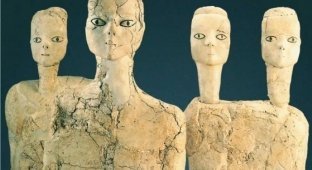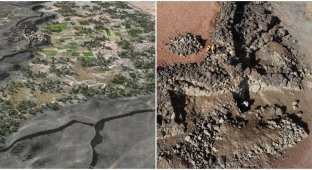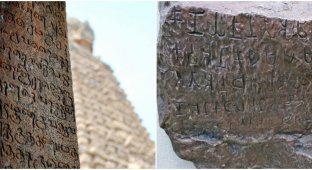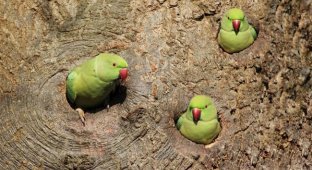The mystery of the Alok Ikom monoliths (9 photos + 1 video)
In Cross River State in southern Nigeria, there are about 300 stone monoliths arranged in circles. They are made of volcanic stone and were created between the 16th and early 20th centuries. The height of each varies from 0.3 to 1.8 meters. 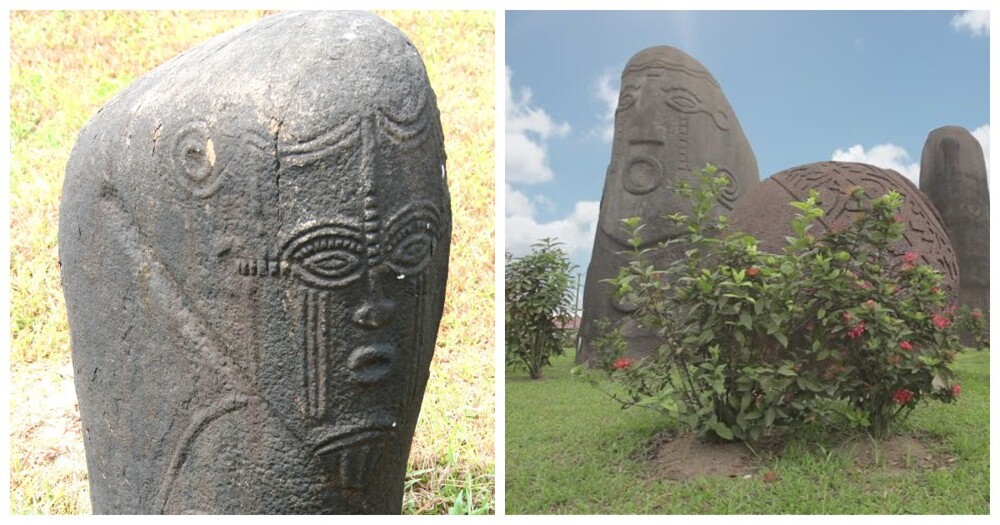
The uniqueness of these sculptures lies in the carvings that are applied to the surface. Comprised of repeating patterns, stylized faces and inscriptions, these carvings fascinate archaeologists as much as they puzzle them. 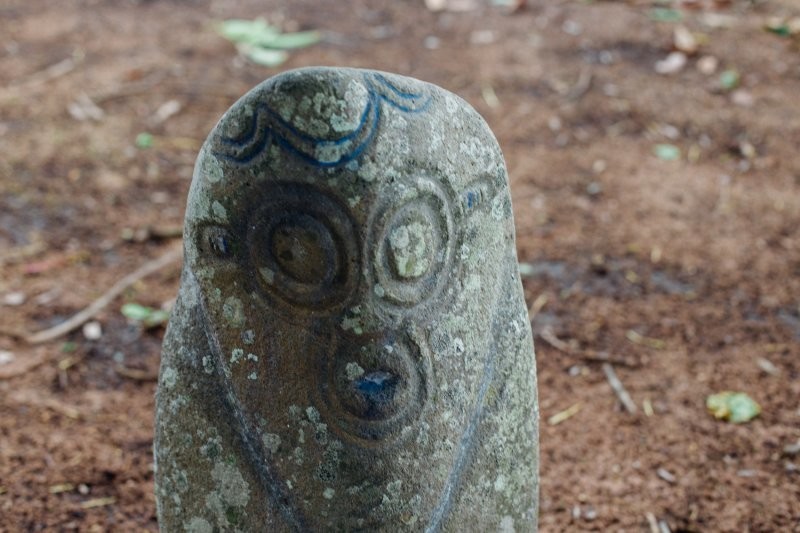
After all, it is believed that inscriptions on stone are a form of visual communication and writing. These monoliths contain a language that was only recently lost and may hold the key to an ancient culture.
Mysterious stones of Nigeria 
The Alok Ikom Monoliths are a group of stone sculptures located in Ikom, an area inhabited by the Ekoi people. These people live in small settlements and call the stone monoliths atal or aquanshi.
These monoliths are distributed among 30 communities in the area. Although in some cases the stones are damaged by erosion, in each community they are arranged in perfect circles.
Some settlements are built around a stone circle located in the center. In others, the monoliths are located in the forest, outside the settlements.
The majority of objects are made of basalt rock, but there are also those made of limestone and sandstone. All monoliths are vertical and decorated with carvings depicting human features: two eyes and a mouth, a pointed beard and a crown on the head. They also depict the navel, fingers and geometric shapes.
There are pronounced scars on the faces that characterize belonging to the tribe. Most of the sculptures are carved very skillfully, and complex geometric motifs cover the entire stone.
The Mystery of the Monoliths 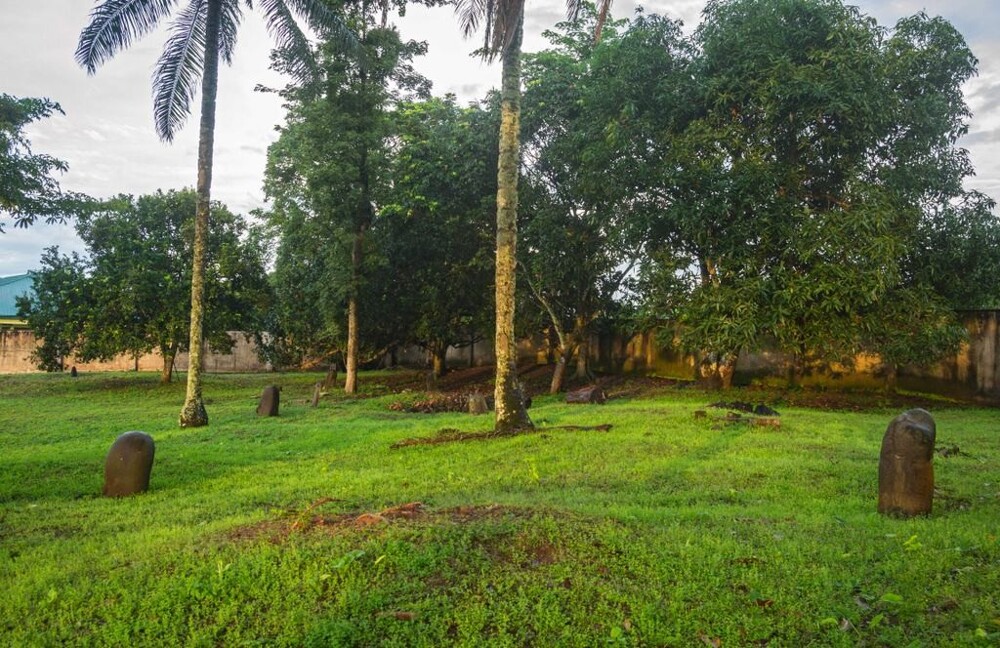
There are 30 stone circles located in 7 major areas of the state. According to Dr. Abu Edet, a researcher at the Department of History and International Studies in Cross River State, these monoliths represent a collective memory of events that took place in the distant past.
Some people believe that the term aquanshi means a dead person underground. It refers specifically to monoliths belonging to a family, clan or village, and it is assumed that these stones are associated with the ancestors of these people. 
Thus, each monolith represents an ancestor, a concept supported by the oral history of the Ekoi people. According to it, the ancestors of the tribe installed the stones in their place, bringing them from the nearest river, where the flow of water made the blanks smooth. After this, the ancestors carved faces into the stones to represent their deceased leaders.
Thus, a particle of the vital essence of the deceased can continue earthly existence in a stone, sculpture or idol and be closer to people and their descendants. Numerous ancestor cults in various cultures are manifested in ritual communication with the hero of the clan and enlisting the support of one's ancestral canal through its counterpart in a material object. The stone figure of an ancestor can act in this capacity.
Among the Ekoi people in their villages the chief priest or spiritual head is called nun. These key figures in the communities are given the same honors - after death, a carved stone is placed in their honor.
The Ekoi believe that the soul of the deceased returns to live in the stones, and therefore their communities have survived, and the great ancestors are still present in them.
Unsolved for a century 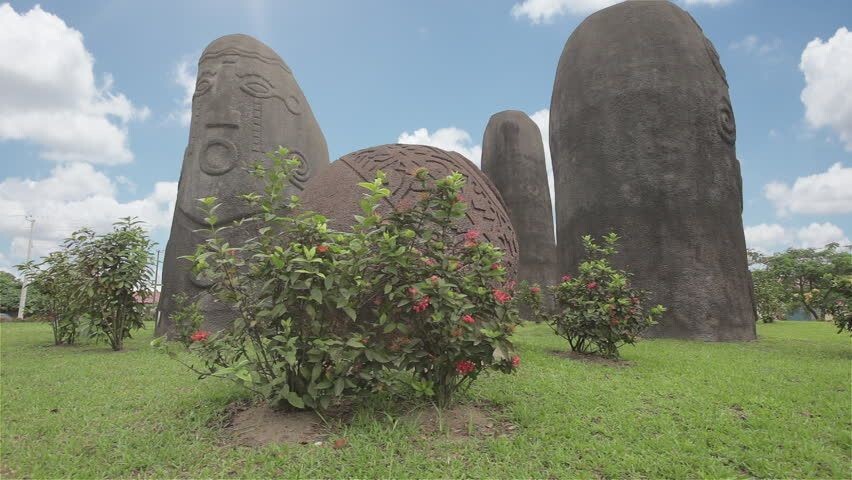
Although only the upper part is depicted on the stone, and the body below the navel is not drawn, the constant presence of a beard indicates that all people are men. However, there are different opinions and theories on this matter, and there are many different designs on different sites.
Some monoliths, for unknown reasons, look unusual: they have a massive head or a missing navel. The age of the monoliths in relation to each other is also unclear, and only erosion and positioning can provide any information.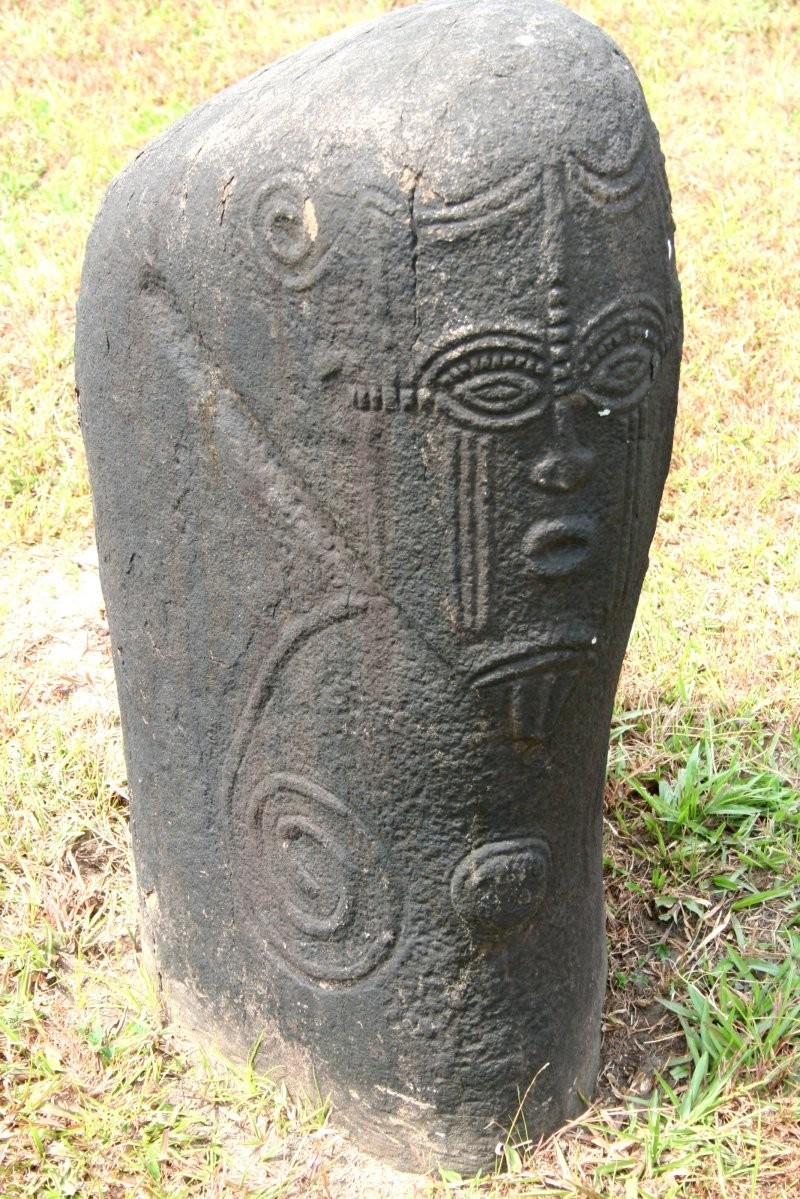
The monoliths were first discovered by modern researchers in 1903 and have since defied all attempts to decipher them. The inscriptions on the stones appear to represent an early form of pictographic writing. Similar undeciphered writings have been found in other places in Cross River State.
Although the inscriptions on all stones are located in the same way, each of them is unique, like a fingerprint. Each stone differs from the other in design and execution. 
The geometric images on the monoliths show that their creators had basic knowledge of mathematics and geometry. But the meaning of the patterns, like the inscriptions, is known only to their creators.
There are similar stone patterns in The Gambia, with their own unique designs, interpretations and intricacies. Similar geoglyphs have been found in Tanzania. However, none of these places could help in deciphering the stones.
Artifacts in danger of extinction 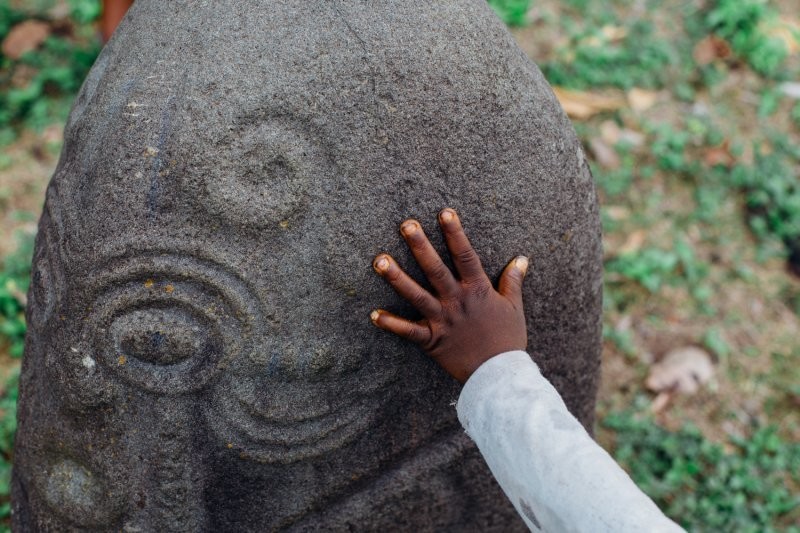
But time may be running out to unravel the secret of the stones. The monoliths are in danger due to heavy rains destroying the images.
Humidity and heat in Cross River State damaged the outer surface of the rocks, and falling trees caused further damage. Banal vandalism cannot be discounted either.
The Nigerian government, with international assistance, recognizes the importance of conservation and is making efforts to protect the remaining heritage. Perhaps, thanks to what remains, the stones will still be able to be deciphered, and the mysteries they hold will still be solved.












